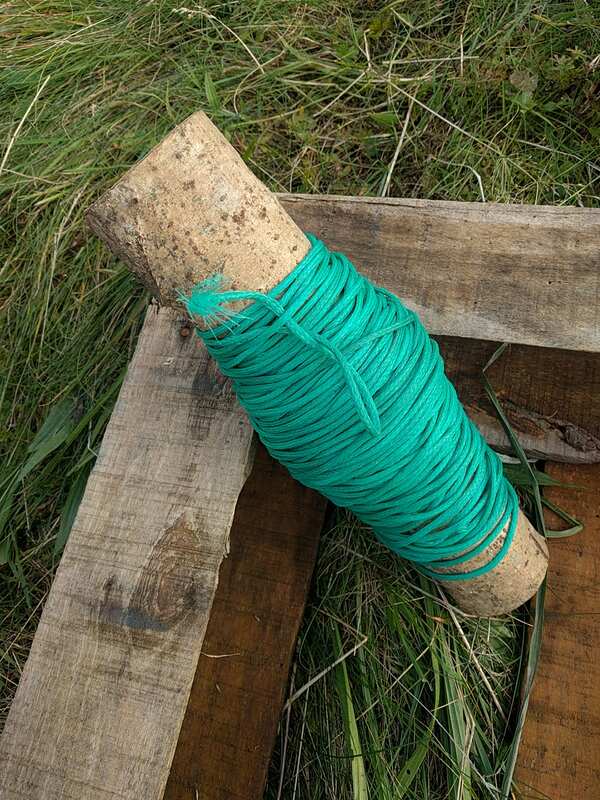
 6
6




Joy to You
 3
3




Joy to You
 5
5




Best luck: satisfaction
Greatest curse, greed
 1
1




Thekla McDaniels wrote:We might be there! If not we are very very close! I love all these ideas, and here’s one more:
make a cage for your pet cockroach. A friend of mine grew up in Hawaii, and there were huge cockroaches there and he did that.
And another:
Make a lizard and snake catching stick. Put a loop of fine fishing line or dental floss on the end of a stick. A little like a fishing pole (do we already have fishing pole?). To catch a lizard as he lies sunning himself, approach from tail direction, open the slip knot that hangs from the small end of your stick, and put the loop over the lizard’s head. Gently lift up to close the loop.
Joy to You
 5
5




Joy to You
 3
3




Best luck: satisfaction
Greatest curse, greed
 5
5




Explore the Permies Digital Market - ebooks, movies, building plans, courses, and more. Oh my!


 9
9





 8
8





How Permies works: https://permies.com/wiki/34193/permies-works-links-threads
My projects on Skye: The tree field, Growing and landracing, perennial polycultures, "Don't dream it - be it! "



 6
6




"I think that I shall never see A poem as lovely as a tree." Joyce Kilmer
 9
9




"Give a man a fish, and you feed him for a day. Give him seeds, and he'll plant a forest, and feed the world forever."
- Chas Hathaway
Picture?
 3
3




 2
2




Best luck: satisfaction
Greatest curse, greed
 7
7




Visit Redhawk's soil series: https://permies.com/wiki/redhawk-soil
How permies.com works: https://permies.com/wiki/34193/permies-works-links-threads
 4
4




"The only thing...more expensive than education is ignorance."~Ben Franklin. "We can easily forgive a child who is afraid of the dark; the real tragedy of life is when men are afraid of the light." ~ Plato
 3
3




 5
5




$10.00 is a donation. $1,000 is an investment, $1,000,000 is a purchase.
 5
5




 4
4




William Bronson wrote:
Not so welcome in urban and suburban settings.

 5
5




Best luck: satisfaction
Greatest curse, greed












 4
4




How Permies works: https://permies.com/wiki/34193/permies-works-links-threads
My projects on Skye: The tree field, Growing and landracing, perennial polycultures, "Don't dream it - be it! "
 6
6





If I'm not taking my time, who is?
 5
5




Best luck: satisfaction
Greatest curse, greed












 6
6




How Permies works: https://permies.com/wiki/34193/permies-works-links-threads
My projects on Skye: The tree field, Growing and landracing, perennial polycultures, "Don't dream it - be it! "

| I agree. Here's the link: http://stoves2.com |








